Small white spots on the skin typically appear as flat, depigmented patches ranging from 1 to 10 mm in diameter. They are most commonly found on sun-exposed areas of the body, such as the arms, legs, and face.
These spots result from decreased melanin production in certain skin areas, making them lighter than the surrounding skin. While they are more noticeable on tanned or darker skin, they can affect individuals of any skin type. However, there are various ways to remove white spots.
What Causes White Spots On The Skin?
White spots can have different shapes according to the underlying cause. Causative factors include the following:
Milia (Milk Spot)
Milia are small white bumps that can appear on the skin, especially on the cheeks, nose, forehead, mouth, and around the eyes. They happen when a skin protein called keratin gets trapped underneath the skin. Milia are common in children and adults and can also occur in newborn babies. Sometimes, milia form due to burns, sun damage, or poison ivy. They can also appear after skin resurfacing procedures or topical steroid creams. Milia bumps do not usually cause pain or itching and can go away independently in a few weeks without any treatment.
Pityriasis Alba
Pityriasis alba results in oval-shaped white patches of skin that can change color over time. This skin condition is prevalent in children, particularly those between 3 and 16 years, affecting approximately 5% of that population. The exact cause of this condition is not yet known. However, it is often seen in individuals with atopic dermatitis.
Idiopathic Guttate Hypomelanosis
Idiopathic guttate hypomelanosis (IGH), also known as white sunspots, is a skin problem caused by long-term exposure to UV rays. These spots can appear on several parts of the body, such as the face, arms, back, and legs.
Vitiligo
Vitiligo is a skin disorder that causes loss of pigmentation that results in white patches appearing on any body part, including the face, arms, hands, legs, soles, and genitals. Sometimes, these patches are small to begin with and tend to gradually increase in size.
The condition can develop at any age, but people typically don’t show symptoms until their 20s. If someone has a family history of vitiligo, their chance of getting it may be higher.
Pityriasis versicolor
Have you ever heard of a skin condition called pityriasis versicolor? It is also known as tinea versicolor and is caused by a fungus growing on your skin. This fungus is found normally on our skin and has no ill effects., But sometimes, it can cause a rash and spots on your skin that look dry or scaly.
These spots can be different colors, such as pink, red, brown, or white. You might not notice the white spots as much if you have lighter skin, especially if they’re on your face.
This skin condition can happen to anyone and at any age but it’s more common in people who live in humid places, have oily skin, or have a weaker immune system.
How To Get Rid Of White Spots On The Face
Getting rid of white spots on the face depends on the condition that causes them. Here’s how to eliminate white spots on the face based on the cause.
Milia generally disappear without treatment after a few weeks. However, some types of milia are persistent and may require treatment.
Dermatologists do not recommend popping or pricking milia spots at home. If the condition does not improve on its own, here are several ways to get rid of milia spots on the face.
- Skin exfoliation involves removing the top layer of skin with salicylic acid, glycolic acid, and several other exfoliating products.
- Applying retinoid cream to help exfoliate the skin is more effective than regular exfoliant products.
- Microdermabrasion is performed to remove the top layer of skin that has milia.
- Lancing is a last resort medical procedure that uses a fine needle to remove the substances that have accumulated under the skin in more severe cases.
Get Rid Of White Spots Due To Pityriasis Versicolor
There are various ways to get rid of white spots on the face due to tinea versicolor. It is usually treated with antifungal drugs, and there are several treatment options:
- Use an antifungal facial cleanser, which can reduce and control fungal growth.
- Apply over-the-counter antifungal cream or lotion to the affected part of the face. Your pharmacist will be able to offer appropriate advice.
Your dermatologist may also be able to recommend prescription medications.
Get Rid Of White Spots Due To Idiopathic Guttate Hypomelanosis
Idiopathic guttate hypomelanosis is caused by exposure to UV rays. Accordingly, sufferers should employ recommended sun protection practices, including use of sunscreen and sun hats. Regular use of high-performance moisturizers is also recommended to keep the skin moisturized.
Get Rid Of White Spots Due To Pityriasis Alba
Pityriasis Alba is a disorder that can disappear in a few months to one year without special treatment. To date, no medications are specifically designed for this skin disorder.
In some cases of pityriasis alba, your doctor may recommend steroid creams, non-steroid creams, moisturizing creams, and mild emollients to reduce the symptoms of itching and discomfort caused by this skin disorder.
Natural Ways To Get Rid Of White Spot On The Skin
Several skin conditions, such as white spots, can leave patches on the skin. If the skin is affected by vitiligo or damaged due to sun exposure, melanin production stops, and the skin pigment is lost.
If the white spots are caused by another skin problem, such as eczema, you can treat the underlying condition, and your skin can return to normal.
Here are the 7 natural ways to get rid of white spots:
- Lemon
- Honey
- Coconut Oil
- Sandalwood Powder
- Apple Cider Vinegar
- Aloe Vera
- Basil
How Long Does White Spots Take To Disappear On The Face?
Each person’s healing process for white spots on the face can differ, depending on the cause, skin care practices, and general lifestyle.
In general, each cause of white spots and patches on the face requires a different healing process and duration:
- Milia: In babies, milia usually disappear independently over a few weeks. In adults, milia can disappear within 2-3 months with the help of treatment options or 6-12 months without specific treatment.
- Tinea Versicolor: Tinea versicolor usually heals within 5-7 days. This depends on the size of the tinea versicolor and the lifestyle adopted by the sufferer.
- Idiopathic guttate hypomelanosis: It takes 2-3 weeks to heal completely if accompanied by treatment. Some cases require a longer time.
- Pityriasis alba: It will disappear within six months to 3 years.
The importance of skin hydration
Daily moisturizers is an important contributor to optimal daily skincare and health. Products containing ingredients like hyaluronic acid, glycerin, skin barrier lipids, and natural moisturizing factors can immediately relieve dryness and improve skin texture. Such ingredients help to draw and lock in moisture and generally help to protect the skin against stress factors such as those described here.
Be sure to select moisturizer products from reputed companies like TetraDerm Group. Their Tetros® ULTRA cream is specially formulated with a unique blend of powerful moisturizing ingredients and antioxidants that work together to hydrate and nourish your skin. So, if you want to keep your skin healthy and glowing, be sure to choose a moisturizer from TetraDerm Group.
Conclusion
To speed up healing time, try finding ways to remove white spots on the face. If you are still unsure about the treatment steps, please consult a doctor for further explanation and choices of appropriate treatment to eliminate white spots on the face.

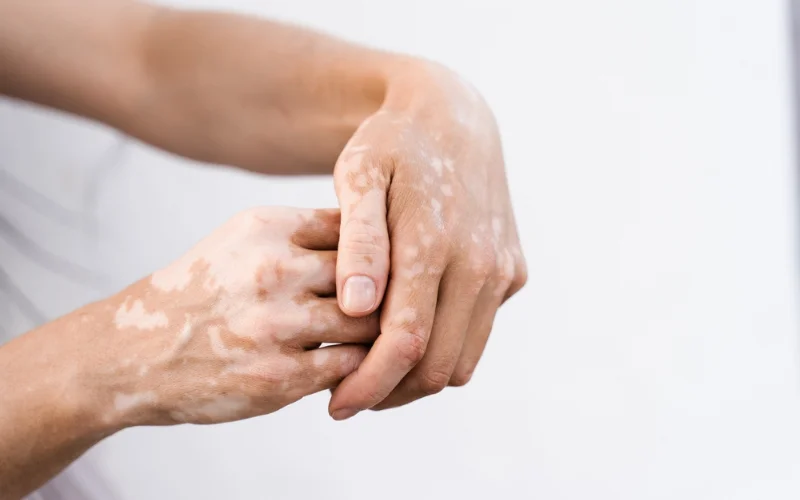
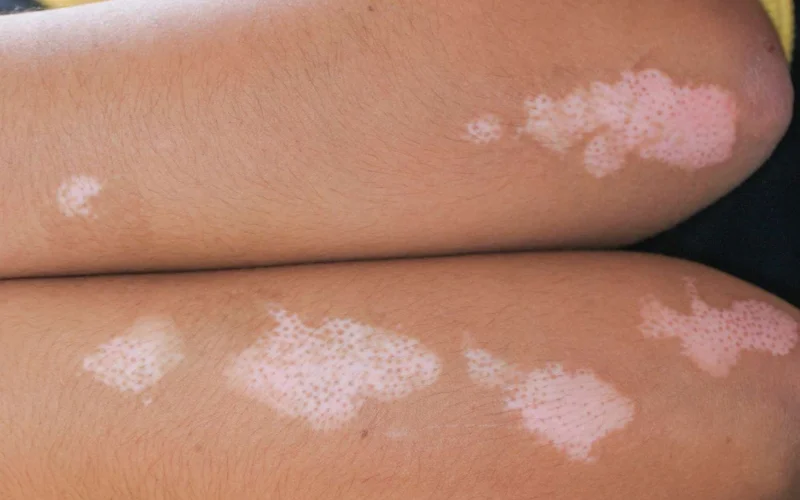
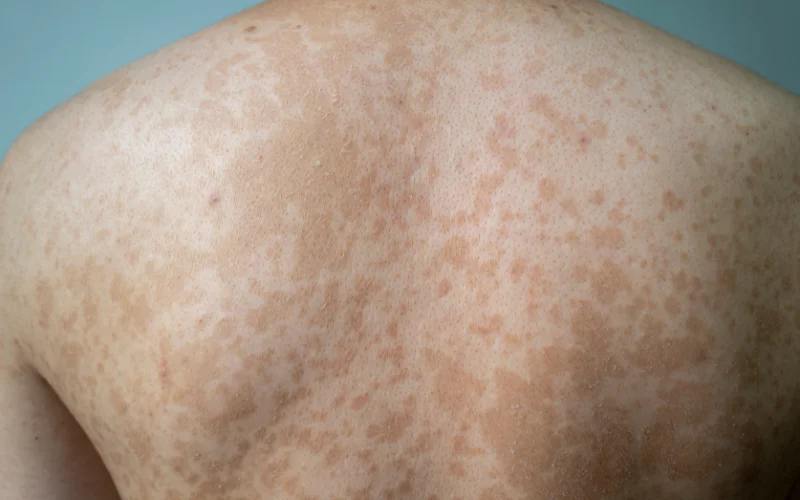
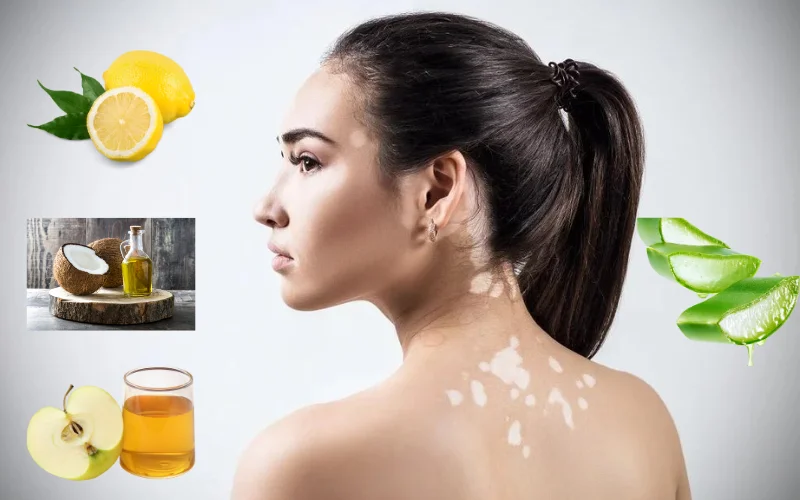
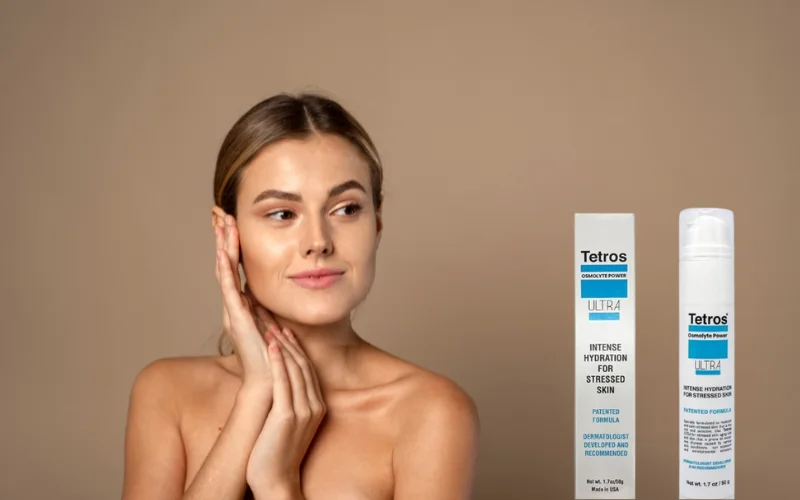
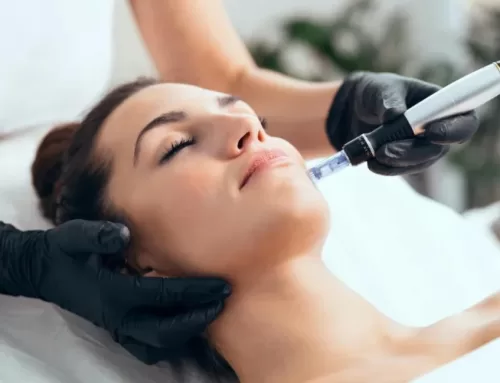



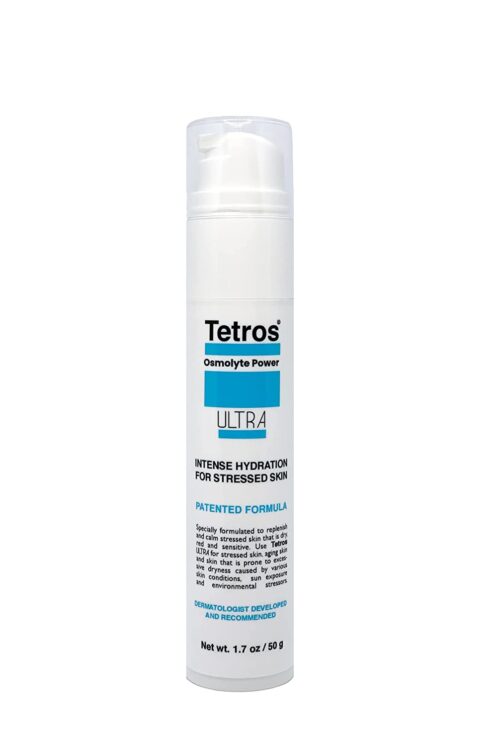
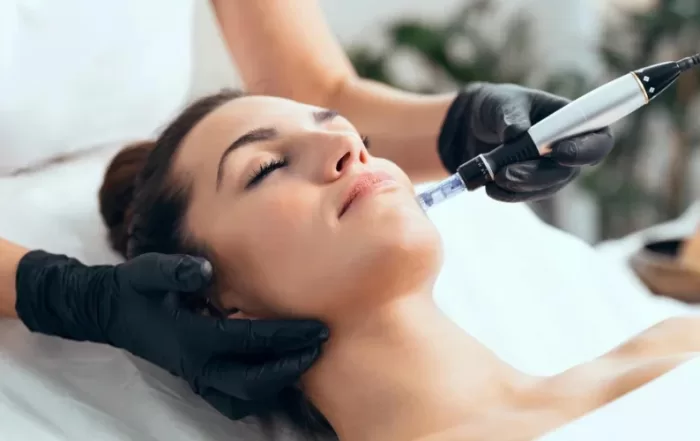

Leave A Comment